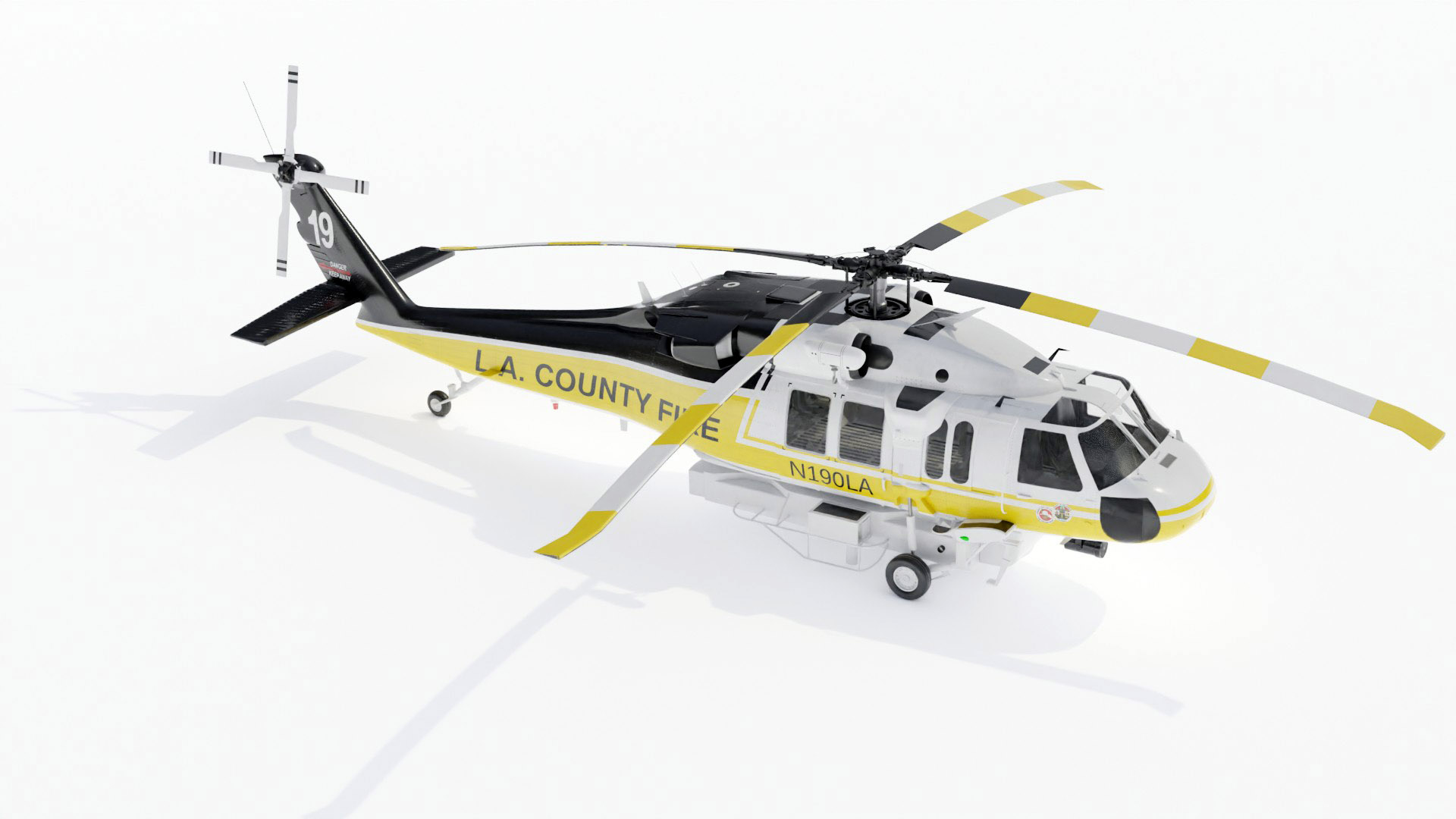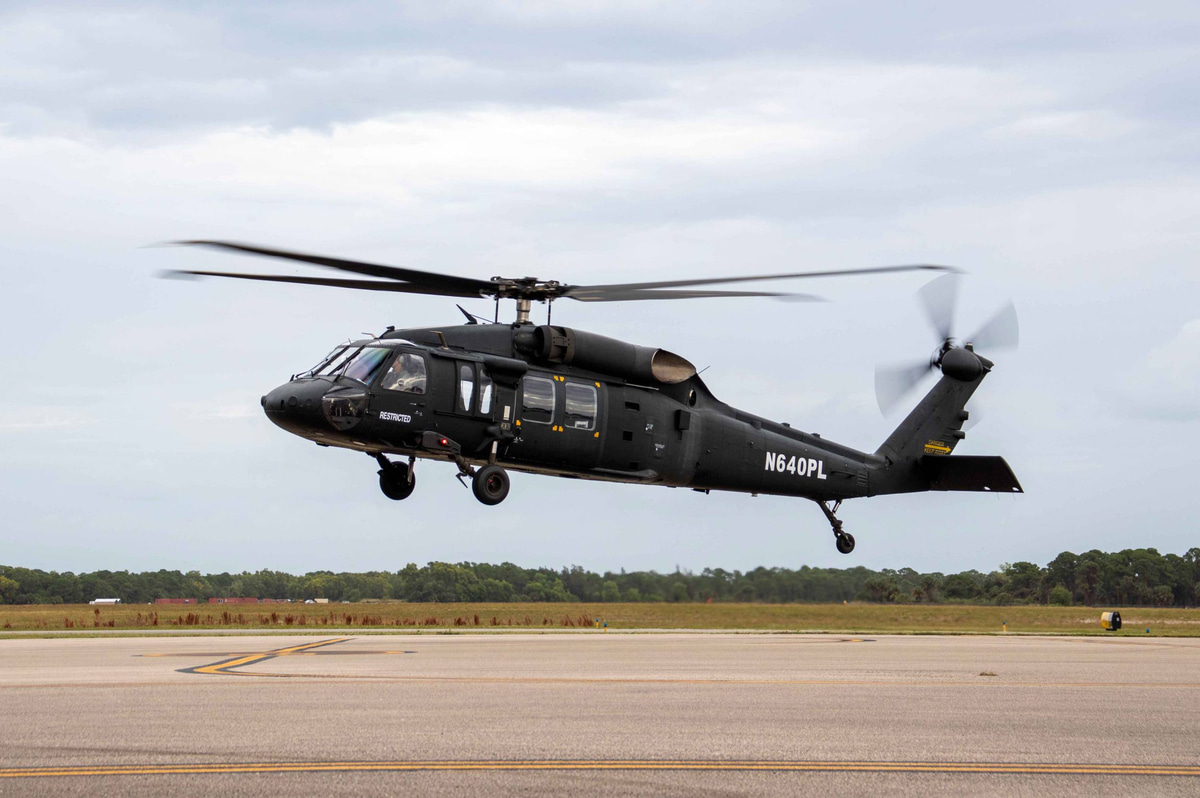Revealing the Sikorsky S 70: Technologies and Advances in Helicopter Engineering
Revealing the Sikorsky S 70: Technologies and Advances in Helicopter Engineering
Blog Article
High-Performance Multi-Role Rotorcraft Featuring Advanced Cabin Technologies and Integrated Sensing Unit Solutions
The realm of rotorcraft technology has seen noteworthy advancements in recent times, especially in the realm of high-performance multi-role rotorcraft geared up with innovative cockpit technologies and perfectly integrated sensing unit systems. These technologies have not just augmented the functional abilities of rotorcraft yet have likewise substantially affected modern aviation operations on various fronts. From boosted goal flexibility to enhanced operational performance, the convergence of advanced cabin modern technologies and integrated sensor systems has introduced a new period of opportunities for rotorcraft applications. In the complying with discussion, we will certainly check out the evolution of rotorcraft technology, look into the world of innovative cockpit innovations, and examine the implications of incorporated sensor systems on the functional flexibility and effectiveness of modern-day rotorcraft.
Advancement of Rotorcraft Technology
The advancement of rotorcraft technology has been marked by considerable improvements in aerodynamics, products, and propulsion systems, shaping the capabilities and efficiency of modern-day rotorcraft. Aerodynamic renovations have actually boosted the performance and maneuverability of rotorcraft, enabling for raised rate, agility, and stability during flight (sikorsky s 70). Advancements in materials, such as the use of composite materials and advanced alloys, have actually resulted in lighter yet stronger rotorcraft structures, enhancing total performance and toughness. Additionally, advancements in propulsion systems, including extra effective engines and cutting-edge propulsion technologies, have made it possible for rotorcraft to attain greater elevations, faster speeds, and higher payloads.
These developments have not only transformed the capabilities of rotorcraft yet have actually also expanded their applications across various markets, consisting of armed forces, industrial, and emergency solutions. The continuous evolution of rotorcraft technology remains to drive development in the field, pushing the borders of what is possible and shaping the future of vertical trip.
Advanced Cockpit Innovations
Structure upon the fundamental innovations in the rules of aerodynamics, materials, and propulsion systems, the world of rotorcraft innovation now shifts emphasis in the direction of introducing Advanced Cockpit Innovations. The assimilation of innovative technologies within the cockpit environment plays a vital role in improving the operational capacities, safety, and performance of modern rotorcraft. sikorsky s 70. Advanced Cabin Innovations include a wide range of attributes designed to supply pilots with improved situational understanding, streamlined data monitoring, and intuitive control user interfaces
Among the essential innovations in cockpit style is the implementation of glass cabins, which replace standard analog determines with high-resolution display screens. These digital systems use personalized layouts, real-time information integration, and enhanced readability, allowing pilots to accessibility important details at a glance. Advanced avionics systems, such as fly-by-wire controls and augmented reality screens, are changing how pilots interact with the aircraft, allowing for exact control and improved decision-making abilities.


Incorporating advanced cabin innovations not only boosts pilot efficiency however additionally adds to total goal efficiency and safety and security in complicated operational settings. By leveraging cutting edge modern technologies within the cockpit, rotorcraft manufacturers are establishing brand-new requirements for operational quality and mission success.
Integrated Sensing Unit Systems
With the evolution of rotorcraft innovation, the combination of advanced Integrated Sensing unit Systems has become vital in enhancing functional performance and security. These Integrated Sensor Solutions encompass a broad array of technologies that supply vital information for numerous functions such as navigation, monitoring, targeting, and environmental tracking. By flawlessly integrating sensing units like radars, cams, lidar, and infrared systems right into rotorcraft, operators can benefit from boosted situational awareness, boosted mission abilities, and lowered pilot work.
One key advantage of Integrated Sensing unit Equipments is their capability to collect real-time data and offer workable insights to pilots and objective drivers. For example, advanced radar systems can identify and track targets over long ranges, permitting early risk discovery and effective reaction preparation. In addition, incorporating electro-optical and infrared cams makes it possible for rotorcraft to perform reconnaissance and security missions with precision and accuracy.
In essence, the combination of cutting-edge sensor technologies into rotorcraft not only enhances functional efficiency however likewise contributes significantly to overall mission success and staff security. As rotorcraft proceed to progress, the duty of Integrated Sensor Systems will most certainly continue to be at the center of technology in the aerospace sector.
Functional Convenience and Performance
Enhancing functional adaptability and performance in rotorcraft is an all-natural progression from the integration of sophisticated Integrated Sensor Systems. By leveraging the data and understandings supplied by these innovative sensor systems, rotorcraft can maximize their performance throughout different missions and settings.
Functional adaptability encompasses the capacity of rotorcraft to adjust to different roles and scenarios efficiently. With innovative cabin innovations and integrated sensing unit systems, rotorcraft can effortlessly change between jobs such as search and rescue, medical discharge, surveillance, and extra. This versatility boosts the rotorcraft's capability to meet varied operational requirements without needing substantial reconfiguration.
Effectiveness in rotorcraft procedures is essential for taking full advantage of goal efficiency and source usage. visit site Integrated sensing unit systems play a critical role in improving functional efficiency by giving real-time data on weather, terrain mapping, target monitoring, and a lot more. This information enables pilots to make educated choices quickly, maximize flight paths, save fuel, and improve total goal productivity.
Effect on Modern Aeronautics Procedures

Additionally, the integration of sophisticated sensors helps with improved mission preparation and execution, allowing rotorcraft to execute a variety of jobs with enhanced accuracy. From search and rescue procedures to airborne firefighting and police missions, the capacities of modern rotorcraft furnished with advanced cockpit innovations and incorporated sensor systems are exceptional.
Furthermore, the influence of these developments expands beyond operational performance to cost-effectiveness and sustainability. By enhancing trip routes, gas consumption, and upkeep routines, high-performance rotorcraft furnished with advanced cabin technologies and sensors add to lowering operational costs and ecological influence, making them important possessions in modern aviation procedures.
Verdict
Finally, the high-performance multi-role rotorcraft with sophisticated cabin technologies and integrated sensor systems stands for a significant development in air travel modern technology. These developments boost functional convenience and efficiency, ultimately affecting modern-day aeronautics procedures in a favorable means. The combination of these sophisticated modern technologies enables boosted capacities and performance in various mission scenarios, showcasing the continued development of rotorcraft innovation in the air travel market.
The realm of rotorcraft technology has actually seen remarkable innovations in current times, especially in the world of high-performance multi-role rotorcraft outfitted with sophisticated cabin innovations and perfectly incorporated sensor systems. From enhanced objective versatility to enhanced operational efficiency, the convergence of sophisticated cabin modern technologies and incorporated sensor systems has ushered in a brand-new period of possibilities for rotorcraft applications. In the following conversation, we will discover the advancement of rotorcraft innovation, delve right into the world of advanced cabin technologies, and take a look at the ramifications of incorporated sensing unit systems on the functional versatility and performance of modern rotorcraft.

Report this page